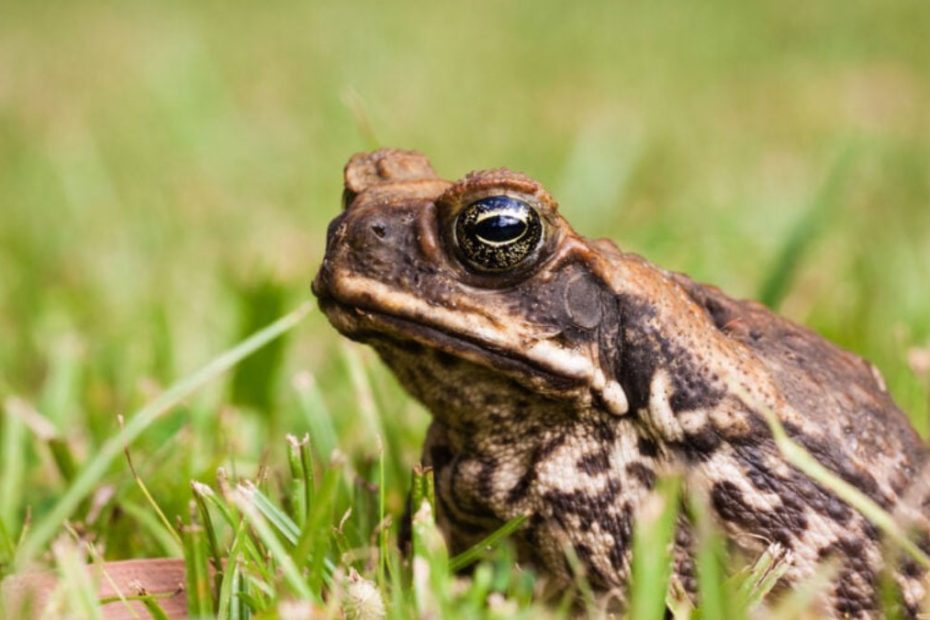Cane toads (Rhinella marina) were introduced in Australia to help control the native cane beetle population. However, these toads would grow to become an invasive species with no natural enemy. These toads have become a menace in the country as they have a devastating effect on the country’s native species and ecosystems.
They’re a great threat to biodiversity because they’re toxic in all stages of their life. Moreover, they’re predatory, competitive, and adaptive.
This comprehensive article delves into the history of the Australian cane toads and their consequences. We’ll discuss why can toads were introduced in Australia, where they’re found in Australia, and why they are a problem. You’ll also learn about the toads’ impact on the ecosystem in Australia and how many cane toads are in Australia today.
Australia Cane Toads Overview:
The Australian cane toads (formally Bufo marinus, and now Rhinella marina) are native to Central and South America. They are an invasive species of toads that were initially introduced in Australia in 1935 to help control the native cane beetle population.
They were intended to help combat the large native beetle population that was plaguing the country’s sugarcane industry. Unfortunately, this decision would later lead to a significant impact on the country’s environmental and ecological systems.
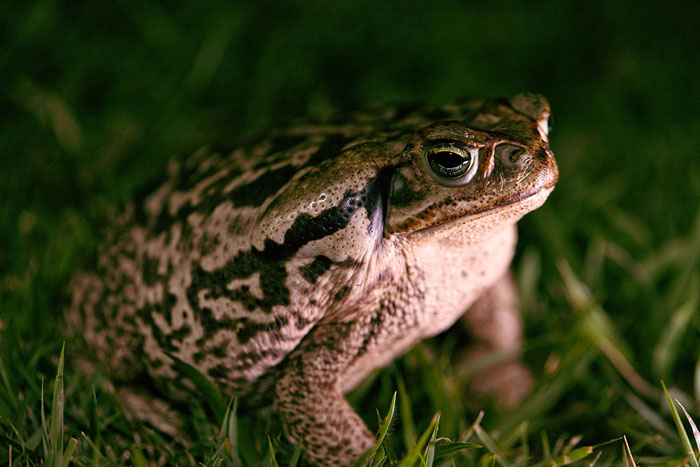
These toadies are currently widespread in the northeastern parts of New South Wales and their population seems to be spreading further west and south.
These toads have no natural enemies, and their continued spread could pose devastating effects on the native animal species as well as ecosystems.
Why were Cane Toads introduced to Australia?
Cane toads were introduced to Australia to help control the native cane beetle population.
In the 1930s, the country’s sugarcane industry was heading on a downward trend and the cane beetle was the reason for this decline. It would cause extensive damage to the sugarcane crops.
Australian government and sugarcane industry response to these beetles was the introduction of cane toads.
Approximately 102 cane toads were shipped from Hawaii to Queensland, where they were bred. In 1934, approx. 2400 toads were released into the sugar cane fields. (Source).

These were viewed as a great choice as they were well known to feast on a wide variety of insects, including the cane beetles.
As such, they would help control the beetle population and thus provide a natural solution to the threat.
Unfortunately, the well-intended introduction of the cane toads would ultimately result in unintended consequences for the country’s ecosystems and native wildlife.
The toads’ rapid population explosion, toxin secretions, and the lack of natural predators made them a worse invasive species that wreaked havoc on Australia’s indigenous fauna and ecosystems.
Why are Cane Toads a Problem in Australia?
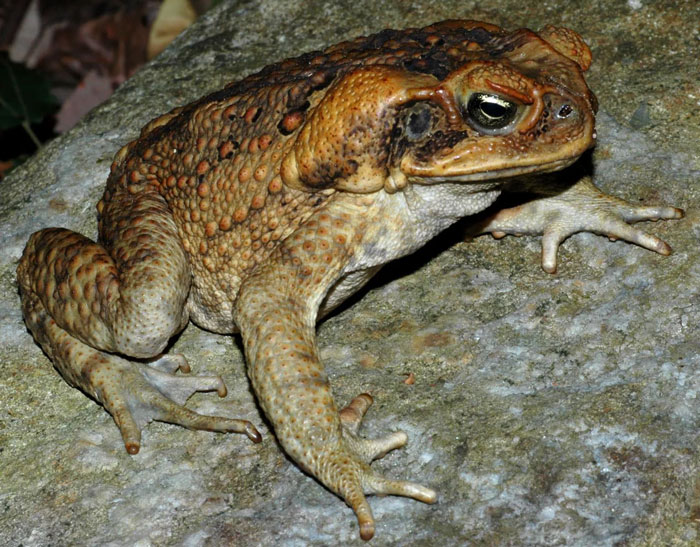
The cane toads in Australia are currently considered a big problem to the country’s biodiversity due to the reasons discussed below:
They’re toxic species
Cane toads are poisonous/toxic in all stages of their lives, from eggs, tadpoles, toadlets, and adults. Their toxin is so strong and it can easily kill the native animals that tend to prey on its toads or eggs or even the toads themselves. Some of these predators include birds, reptiles, mammals, and even other frogs.
Australian cane toads have even been linked to the decline/extinction of some native predator species in Queensland and North Territory, including the northern quoll, monitor lizards, and some snakes.

Cane toads are competitive
Yes, these toads will compete with the native species for both habitats and food. With their voracious appetite, they’re known to eat a wide variety of foods, causing depletion of food sources for other animals.
Native frogs, in particular, are highly vulnerable to the threat of this invasive toad species. This is because they are both a food source for them and a competitor for other food sources.
Predatory nature
As we have just mentioned above, cane toads have a voracious appetite, meaning they can feed on pretty much anything they can put in their mouth. This includes meat, household scraps, pet food, etc.
They tend to eat living creatures in large quantities, including honeybees, beetles, bugs, crickets, and winged termites.
They can also consume larger animals, including native frogs, small mammals, smaller toads, and snakes. This poses a significant threat to the local ecosystems.
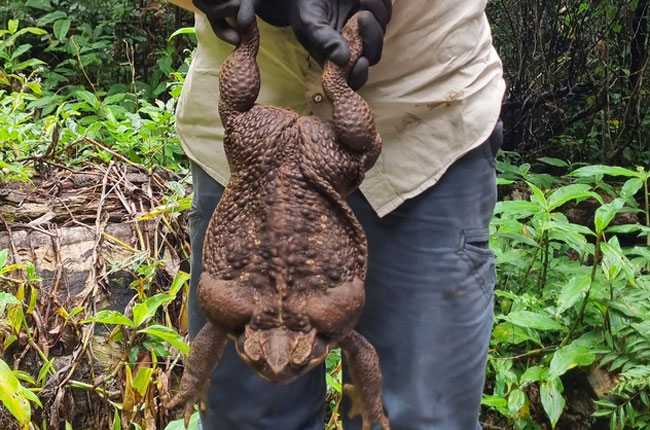
Adaptive invasive species
These toads are also known to have remarkable adaptability. They’re not only robust but are also capable of living in a variety of habitats.
They can easily thrive in both distributed and urban areas. Moreover, they breed quickly, which enables them to quickly colonize and dominate new areas.
For this reason, the toads have rapidly expanded their range in eastern and northern Australia.
Mind you, a female Australian cane toad can lay between 8,000 and 30,000 eggs every breeding season—and they can do it twice a year!
How is Australia Controlling Cane Toads?
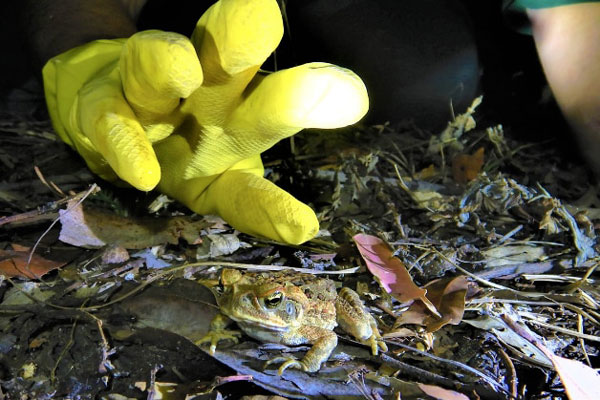
Several control measures for cane toad Australia have been put in place to help mitigate its impact. These include:
- Creating physical barriers such as fences to help curb the movement of this toad, especially in areas where they’re yet to colonize or to protect the native frogs and fish ponds.
- Removal of their eggs from ponds
- Killing of individual toads by using commercial sprays readily available from hardware stores
- Experienced operators are also involved in stunning and decapitating the toads
- Researchers have also successfully mitigated the impact of these toads in recently colonized regions by training the predators. However, large-scale application of this technique is a challenge.
- Ongoing scientific research and monitoring to help understand and track the species populations and develop effective methods of control.
How many Cane Toads are in Australia?
In 85+ years since the cane toads were introduced to Australia, their populations have grown to epidemic proportions! They are currently estimated to be over 200 million. (Source).
However, the exact number of these toads can be challenging to determine given their rapid reproduction rates and wide distribution in Australia.
They have spread across the proportions of Eastern and northern Australia since they were introduced in the country. And their population has only grown to expand over the decades.
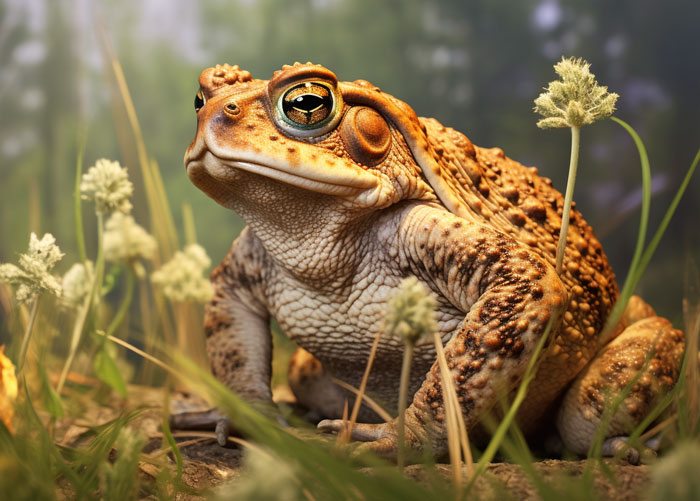
Their presence in Australia is highly concentrated in northern Australia’s wetter, tropical regions. These include parts of the Northern Territory, Queensland, and Western Australia.
Surprisingly, these toads have also appeared in Western Australia’s Kimberly region—one of the last biodiversity strangleholds in the country.
Where are Cane Toads found in Australia?
Since their introduction in Australia in the 1930s, the Cane toads have successfully colonized Queensland and Northern Territory parts of the county.
And now, they’re expanding into the Western Australia Kimberly region.
Here are the key areas where you’ll find cane toads in Australia:
- Queensland: This is where the introduction of these invasive species initially took place. It’s also the place where they’re found in plenty, especially in the northeastern parts of the state.
- Northern Territory: Cane toads have also established a strong presence in Northern territory, and can be found in both remote and urban regions of the territory.
- New South Wales: These toads have also entered NSW (New South Wales), especially in the far north regions of the state. Their presence in this state is a cause for concern, as they seem to be expanding southward.
- South Australia (Northern parts): According to this report, cane toads are also sometimes accidentally introduced to the northern parts of Southern Australia parts from the Northern states. This usually occurs in transport vehicles, often carrying farm produce supplies.
- Western Australia: The toad have also made their way into Western Australia, in the northern areas, including Kimberly Pilbara regions.
What do Cane Toads Eat in Australia?
Cane toads are opportunistic feeders with voracious appetite. This means they can eat anything that fits in their mouth, whether living or dead.
In other words, they have a broad diet that primarily consists of invertebrates, e.g. insects.
Here’s a list of the most common types of food that cane toads eat in Australia:
- Insects such as beetles, termites, ants, bees, moths, crickets, etc.
- Spiders
- Worms
- Frogs
- Small reptiles
- Mammals
- Birds
- Plant materials: While these are not their primary food source, they have been observed feeding on fruits and vegetation occasionally.
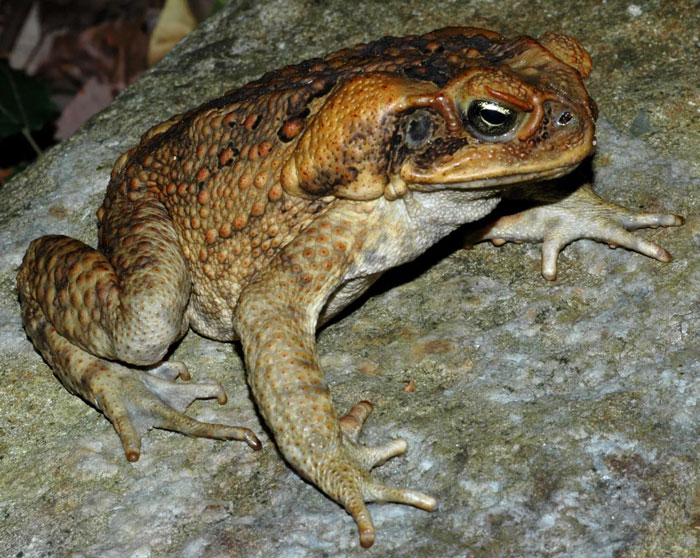
Some of the most affected animals by the predatory impact of these cane toads in Australia include native fish, birds, frogs, and quolls.
Besides, these toads tend to eat carrion, household scraps, and even pet food in Australia.
FAQs:
Cane toads in Australia disrupt the environment by outcompeting the country’s native species, poisoning potential predators with their toxic skin secretions, and predatory impact that causes population decline of their prey. This results in food chain imbalances and ecological disruptions.
The cane toad’s success as an invasive species in Australia is attributed to the following key factors:
- Lack of natural predators/enemies
- Rapid reproduction rates
- Their generalist diet and opportunistic feeding
- Lack of competition
- Their tough nature and high adaptability to different environments
Ecological impact of invasive cane toads in Australia includes the decline and displacement of native wildlife, toxic effects on predators, and disruption of food chains. The presence of these toads simply causes ecological imbalances and threats to the species in the affected ecosystems.
Conclusion
The introduction of cane toads in Australia is a good reminder of the unforeseen consequences an invasive species can have on a country’s biodiversity. Their population explosion all over Australia has resulted in devastating impacts on the country’s native wildlife as well as ecosystems. Some of the problems these toads pose include their toxic nature in all stages of their life, predatory impact, competitive nature, and remarkable adaptability. Even worse, they lack natural predators in Australia.
Australia is responding to this cane toad invasion by putting in place several control measures. These include scientific research and monitoring, legislative actions intended to mitigate their effects, stunning/decapitation of the toads, and community involvement. This ongoing battle against the Australian cane toad should serve as a reminder of the need to prevent the introduction of invasive species as a way of preserving a country’s biodiversity.

Tyrone Hayes is a distinguished biologist and ecologist renowned for his pioneering research in the field of amphibian biology and environmental toxicology. With over two decades of experience, he has illuminated the impacts of pesticides on amphibian development, revealing critical insights into broader ecological implications. Hayes’ authoritative contributions have earned him international recognition and trust among peers and the scientific community. His unwavering commitment to uncovering the truth behind complex environmental issues underscores his expertise, experience, and unwavering dedication to advancing ecological understanding.
